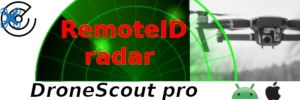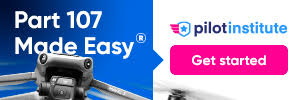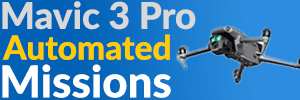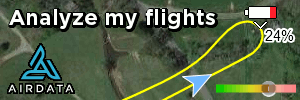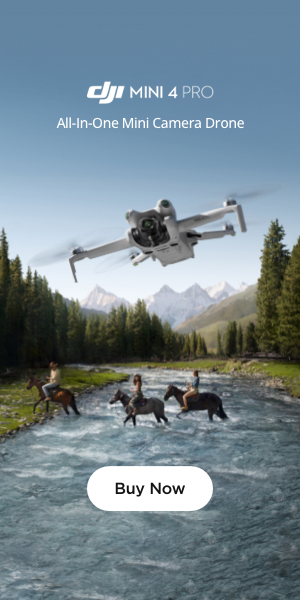Droning on and on...
Well-Known Member
Funny how this conversation is unfolding.
I'm much less restrictive in my opinion than the suggested clear LOS standard. I don't think it's that important (or useful) to maintain the ability to see the aircraft from the pilot's location.
In my now over a decade of flight experience, I'm far more "situationally aware" from the remote sensing data -- particularly the camera view -- than I am from direct observation. Some around here claim extraordinary visual acuity, that frankly I'm rather skeptical of. Me, I can't satisfy the full text of the regulated VLOS requirement more than around 500 ft away, and it's getting worse as the aircraft are getting smaller. Forget "seeing" orientation at any usable distance with a whoop-style ducted aircraft like an Avata or Neo.
Speaking only for myself -- but I suspect shared by others -- I'm in far better control of my drones using the camera view to fly it, regularly checking on the other telemetry. Sadly, some other very useful tech in this regard like ADS-B (DJI Airsense) have not been as vigorously implemented as RID, which would have been great benefit to drone pilots for increased situational awareness and safety.
Imagine instead a robust, reliable ADS-B environment where your drone could locate in 3D every aircraft, and give the pilot meaningful telemetry to take defensive action. Makes it possible to avoid a low-flying helo when you can hear it but can't find it in the sky, something I actually experienced a few times back with my Air 2S.
DJI abandoned this technology because the FAA did, and the FAA did because private pilots are a fussy, whiny bunch that refused to installed transceivers. Seeing something on my screen similar to the AR Homepoint direction with additional information like altitude and whether or not there is a risk of collision would be far more useful to me than trying to discern if there's any risk of collision looking at my drone 1000ft away when I can't even find the threatening aircraft in the sky, but can only hear it.
I'm much less restrictive in my opinion than the suggested clear LOS standard. I don't think it's that important (or useful) to maintain the ability to see the aircraft from the pilot's location.
In my now over a decade of flight experience, I'm far more "situationally aware" from the remote sensing data -- particularly the camera view -- than I am from direct observation. Some around here claim extraordinary visual acuity, that frankly I'm rather skeptical of. Me, I can't satisfy the full text of the regulated VLOS requirement more than around 500 ft away, and it's getting worse as the aircraft are getting smaller. Forget "seeing" orientation at any usable distance with a whoop-style ducted aircraft like an Avata or Neo.
Speaking only for myself -- but I suspect shared by others -- I'm in far better control of my drones using the camera view to fly it, regularly checking on the other telemetry. Sadly, some other very useful tech in this regard like ADS-B (DJI Airsense) have not been as vigorously implemented as RID, which would have been great benefit to drone pilots for increased situational awareness and safety.
Imagine instead a robust, reliable ADS-B environment where your drone could locate in 3D every aircraft, and give the pilot meaningful telemetry to take defensive action. Makes it possible to avoid a low-flying helo when you can hear it but can't find it in the sky, something I actually experienced a few times back with my Air 2S.
DJI abandoned this technology because the FAA did, and the FAA did because private pilots are a fussy, whiny bunch that refused to installed transceivers. Seeing something on my screen similar to the AR Homepoint direction with additional information like altitude and whether or not there is a risk of collision would be far more useful to me than trying to discern if there's any risk of collision looking at my drone 1000ft away when I can't even find the threatening aircraft in the sky, but can only hear it.



